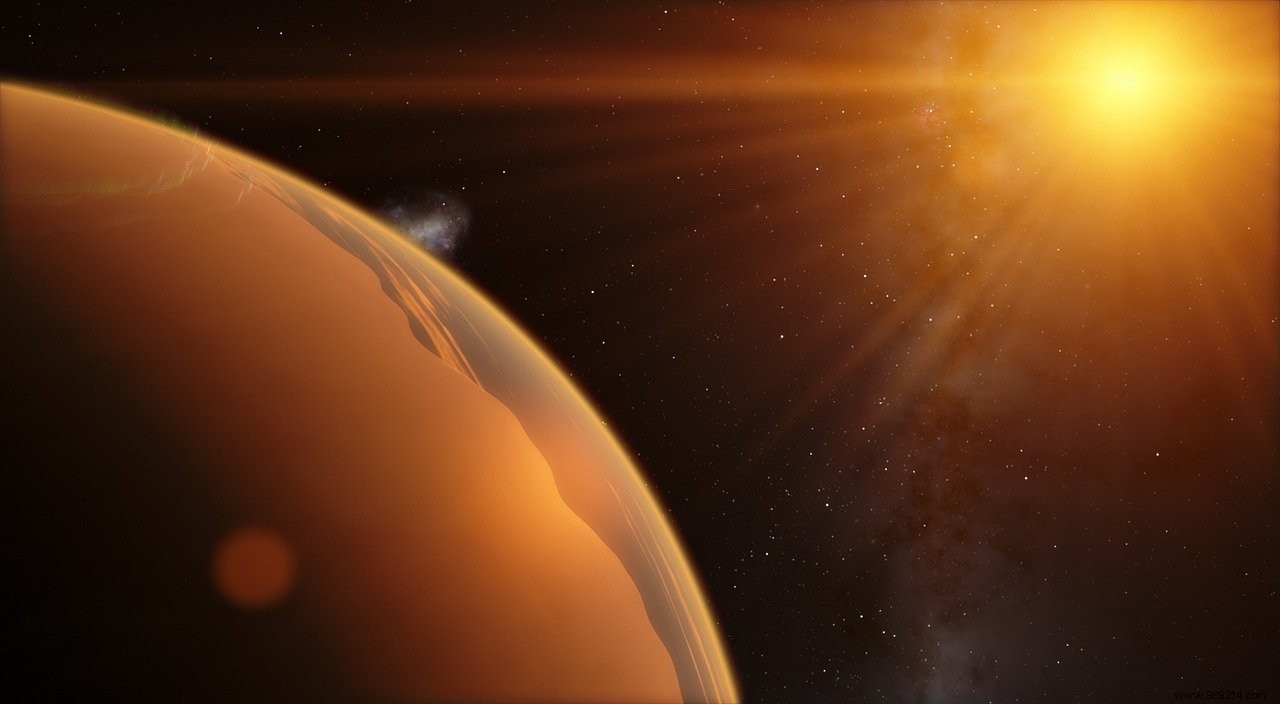NASA needs a new telescope powerful enough to unearth and analyze Earth-like planets. That's the takeaway from the agency's new report outlining astronomy's priorities for the next decade.
Every decade, the National Academies of Sciences, Engineering and Medicine advises government agencies on what goals astronomers should prioritize over the next decade. A few days ago, the members of this organization published their latest report.
In this study, the researchers highlight three major research priorities :better understand the nature of very massive objects, such as black holes and neutron stars; study the formation and evolution of galaxies; and identify "Earth-like habitable worlds ". It is this last point that interests us today.
To date, more than 4,500 confirmed exoplanets have been indirectly detected. These methods are sufficient to determine the orbit, the radius, the mass and sometimes the density of these objects. Now, however, researchers would like to know more, such as understanding the chemical composition of their atmosphere or determining the presence of liquid water on the surface. In short, these are all data likely to tell us if a world is able to accommodate life as we know it.
To get this information, we need to observe and track these planets directly. And for that we need a dedicated telescope that does not yet exist.
According to the committee, NASA should build a superpowered telescope equipped with infrared, optical and ultraviolet sensors . As a reminder, Hubble only works today in optics and ultraviolet, while the James Webb Telescope, whose launch is scheduled for December 18, will focus on infrared.
This future telescope will also have to be equipped with a coronagraph, so as to block the direct light of a star. Without this type of instrument, these exoplanets would indeed be obscured by the light from their stars, some of which are more than ten billion times brighter.

With such a telescope, "you're not going to see continents on the surface of planets. We will see small distinct dots “, specifies to The Atlantic Bruce Macintosh, astrophysicist at Stanford and member of the committee. However, simple "little dots" can tell us a wealth of information.
By analyzing the light reflected from these planets, scientists will also be able to understand the chemical composition of their atmosphere. The presence of water, oxygen or methane could then allude to the presence of life on the planet, if possible abiotic sources have been ruled out.
Still according to the committee, such an observatory would cost approximately eleven billion dollars . Ideally, it could be launched in the early 2040s .
With the ability to discover and analyze these atmospheres, we will then have the means to begin to answer this fundamental question:are we alone in the universe?